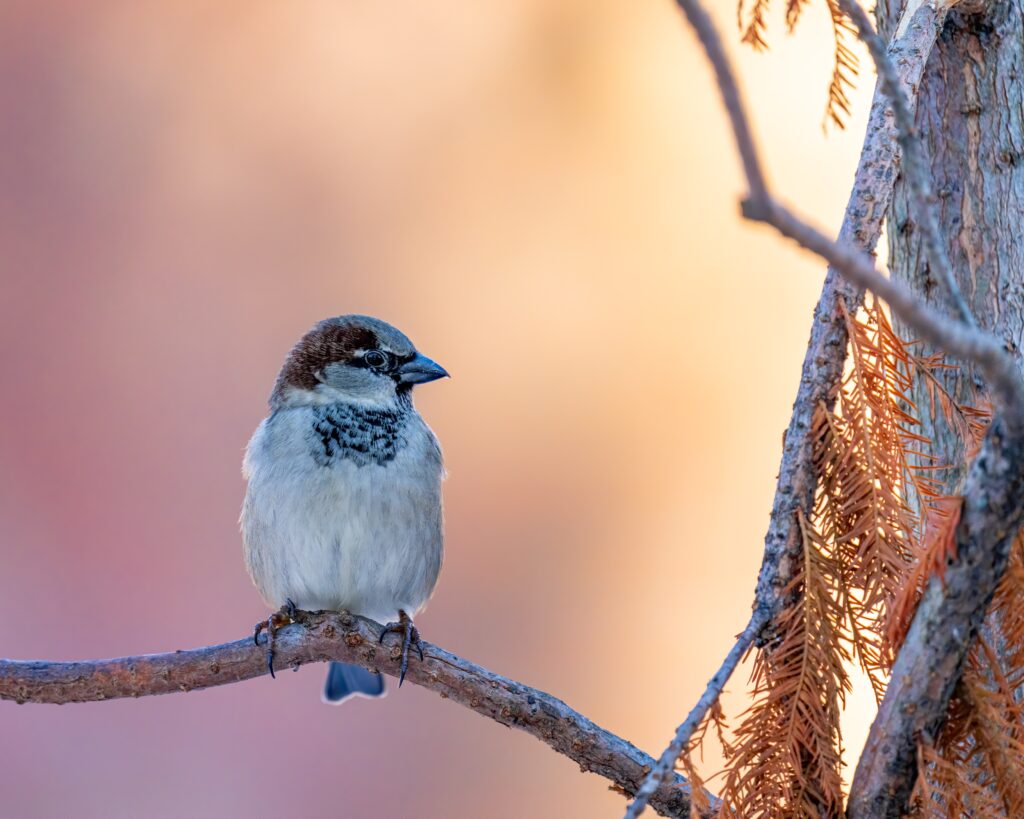House Sparrow
Once again, the blame goes to us, humans, who have robbed the house sparrows of their food and nesting places. Our indifference is pushing the house sparrows to the edge of extinction.Sparrows are rendered homeless due to modern "matchbox styled" architecture that makes it difficult for the bird to build nests. These winged companions, who used to build nest in holes, roofs and crevices on traditional houses, are struggling to find a safe corner in glass buildings. It also explains why South Mumbai sees a comparatively larger sparrow population than the western suburbs. The declining sparrow population can be linked to the rise in packaged food consumption. In contrast to earlier times, when women would clean grains outdoors and sparrows could feed on them in abundance, these birds are now either deprived of food or compelled to rely on leftovers from packaged foods.
Native plants are being fast replaced by non-native plants to aid modern landscaping, the sparrows are losing insects like aphids to feed on. Sparrows need a diet of insects and worms like caterpillars that serve as a protein supplement, particularly during growing up phase of their life. Apart from declining number of insects that they feed on, contemporary landscaping is also doing away with hedge preferred nesting places for sparrows.

Why are house sparrows important ?
House sparrows are important for maintaining the ecological balance. They help control pest populations by consuming insects and aid in pollination of plants, contributing to vegetation growth. Their presence in the ecosystem helps maintain a healthy food chain and biodiversity. However, their population has been declining, and efforts to protect their habitats and prevent habitat destruction are crucial to ensure their continued role in the ecosystem.
What can we do as individuals ?
By converting kitchen waste into bio-manure, the resultant decomposition can promote the growth of microorganisms that sparrows rely on for sustenance.
- Offering a bird bath in addition to a water bowl during hot summer can aid in the hydration of birds.
- Cultivating plants and hedges that are indigenous to the area can attract sparrows to return.
- Sparrows breed up to four times annually. Installing artificial nests outside of our homes can provide them with a secure and consistent location for breeding and roosting.
 Docs
Docs  Support
Support 

